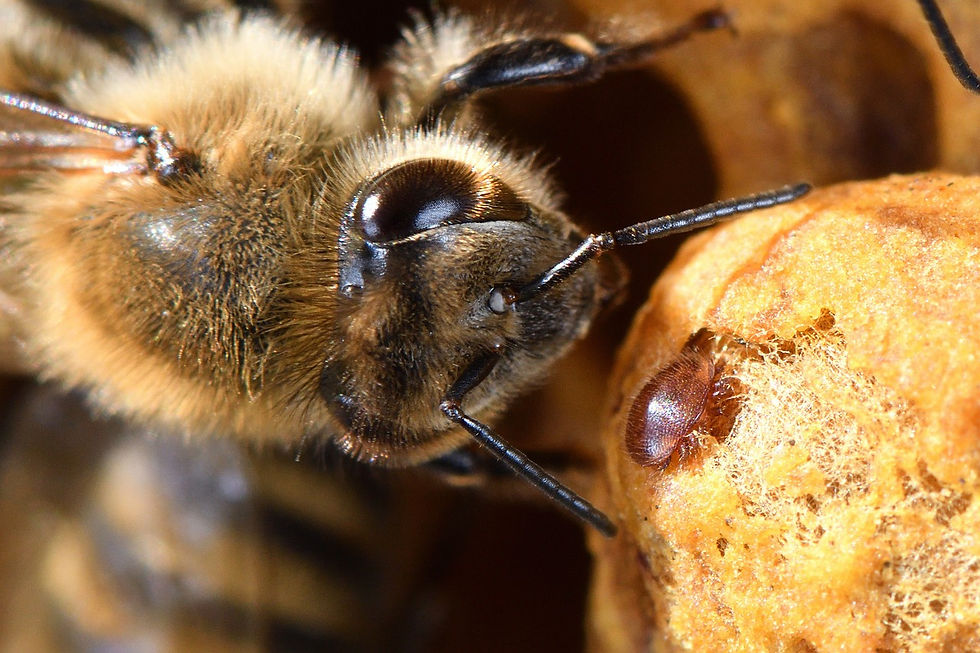Myrtle rust confirmed in the Kimberley
- bicwaorg
- Jul 8, 2022
- 2 min read
8 July 2022 Media Release from the Department for Primary Industries and Regional Development

Photo caption: Myrtle rust has been detected on a remote property in the Kimberley. Signs to look out for include masses of bright yellow or orange-yellow spores on plant foliage, lesions on actively-growing foliage, floral buds and young fruit and buckled or twisted leaves.
The Department of Primary Industries and Regional Development (DPIRD) has confirmed a detection of myrtle rust in a Paperbark tree (Melaleuca species) in a wetland on a remote pastoral lease in the East Kimberley.
The disease was discovered as part of targeted surveillance being undertaken by staff from the Department of Biodiversity, Conservation and Attractions (DBCA), DPIRD and Queensland Department of Agriculture and Fisheries.
DPIRD is leading the response and DBCA and DPIRD are conducting further surveillance to determine the extent of this outbreak.
Myrtle rust is a highly invasive fungal disease of Myrtaceae plants including peppermint trees, Geraldton wax, eucalypts, melaleucas, bottlebrushes and lilly pilly.
Myrtle rust is widespread along the east coast of Australia from southern New South Wales to far north Queensland and into the Northern Territory.
In Victoria myrtle rust is found mainly in production nurseries around Melbourne. In Tasmania myrtle rust is found on properties on the north-west coast.
DPIRD Chief Plant Protection Officer Sonya Broughton said DPIRD and DBCA were working together to determine if the disease was present in other parts of the Kimberley.
“Myrtle rust attacks both young plants and new growth on established plants from the Myrtaceae family.
“Signs of the disease include masses of bright yellow or orange-yellow spores on plant foliage, lesions on actively-growing foliage, floral buds and young fruit and buckled or twisted leaves,” Dr Broughton said.
“For bottlebrush plant species, the rust lesions will be purple in colour and spores dark brown.”
“It is important for anyone living in or travelling through the Kimberley to report any suspected signs of the disease to DPIRD as soon as possible.”
The disease is spread mostly via wind, but the spores can also be spread via infected plant material, contaminated equipment, clothing and vehicles.
If possible take photos of the infected plant and report to DPIRD through the Pest and Disease Information Service on 9368 3080 or via the department’s MyPestGuide™ Reporter app (Google Play Store and Apple iTunes Store), or email padis@dpird.wa.gov.au
More information is available from www.agric.wa.gov.au/myrtlerust
Media contact:
Katrina Bowers/Megan Broad, media liaison +61 (0)8 9368 3937






Comments